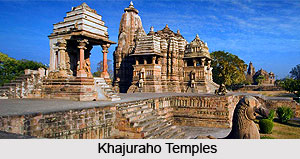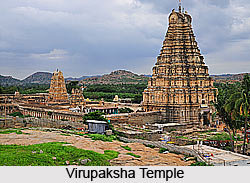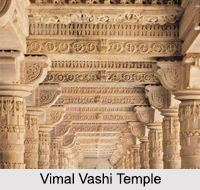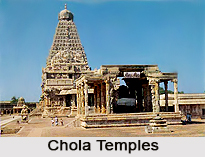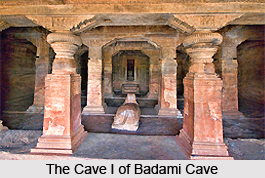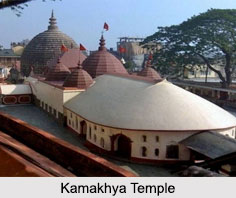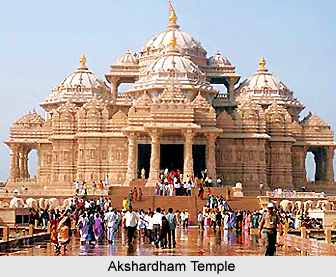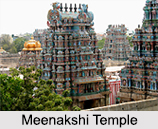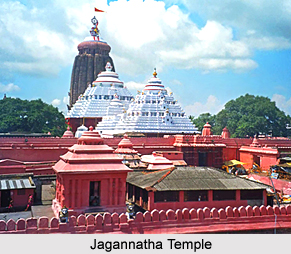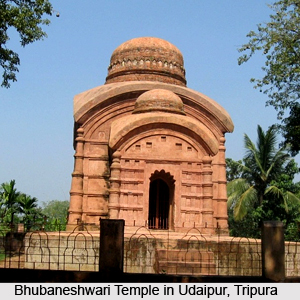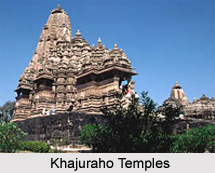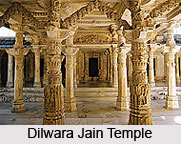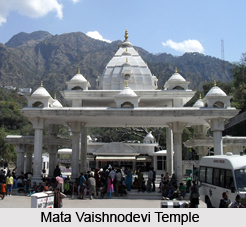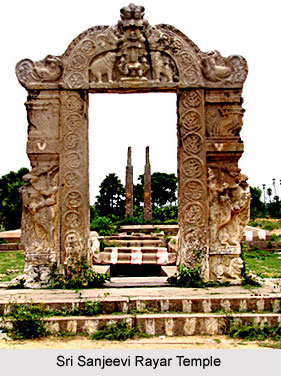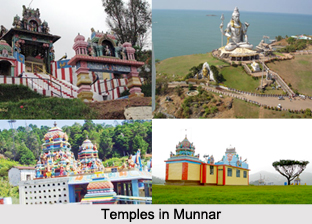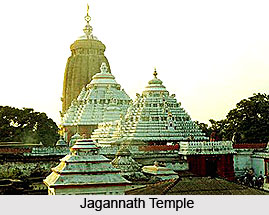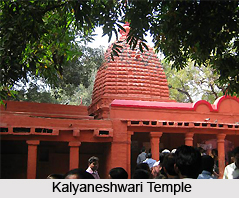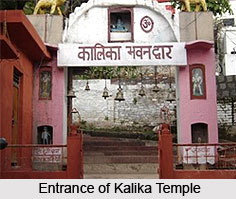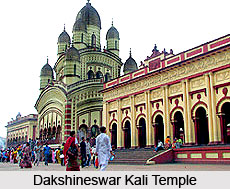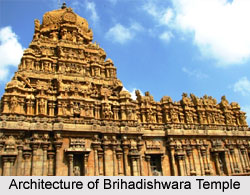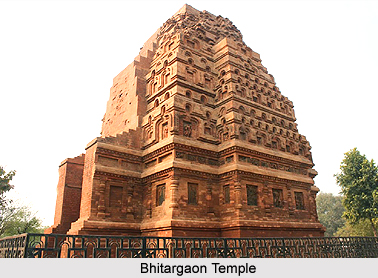 The Bhitargaon Temple, a treasured masterpiece of Uttar Pradesh is located in the town of Bhitargaon in Kanpur district. This ancient religious edifice was built in the 6th century during the Gupta Empire. One of the oldest surviving Hindu pilgrimage centres, Bhitargaon Temple comprises of a roof and is graced with an elevated sikhara. The 18th century however, caused certain injuries to its upper chamber.
The Bhitargaon Temple, a treasured masterpiece of Uttar Pradesh is located in the town of Bhitargaon in Kanpur district. This ancient religious edifice was built in the 6th century during the Gupta Empire. One of the oldest surviving Hindu pilgrimage centres, Bhitargaon Temple comprises of a roof and is graced with an elevated sikhara. The 18th century however, caused certain injuries to its upper chamber.
Architecture of Bhitargaon Temple
Bhitargaon Temple, an architecturally rich structure has been exquisitely constructed with brick and terracotta. Elevated on a high terrace, the meticulously carved temple bears testimony to the painstaking work executed by the artisans of primeval period. The platform size of the shrine measures almost 47 feet. This terraced brick foundation has on its three sides a central offset. An anteroom within the shrine is linked by an oblong passage. This remarkable edifice of diminishing tiers has a sanctum 68.25 feet in height from the ground level and its wall thickness measuring 8 feet. The ceilings of anteroom and the sanctum have domical vaults. The sanctum bears a resemblance to a tri-ratha. Bhitargaon Temple, known for its extraordinary architectural beauty, has well decorated walls with large niches, positioned between ornate pilasters. The delicately sculptures walls illustrate interesting stories, myths and images of various divinities. Figures of birds, animals and beasts also adorn the beauty of the walls. The temple decked with the terracotta sculptures illustrate different secular and religious theme like images of Lord Ganesha, Mahisasaurmardani and river goddess. The mythological story of the abduction of Sita and the penance of Nara and Naryan has been skilfully depicted.
Bhitargaon Temple has suffered few damages due to certain natural calamities. In 1894 the shikhara of the temple in the form of a stepped pyramid was damaged by thunder. In 1850 the first storey of sanctum was destroyed. Several repair and renovation activity has been carried out for the maintenance of the temple that attracts pilgrims from different sections of the society.
This article is a stub. You can enrich by adding more information to it. Send your Write Up to content@indianetzone.com
